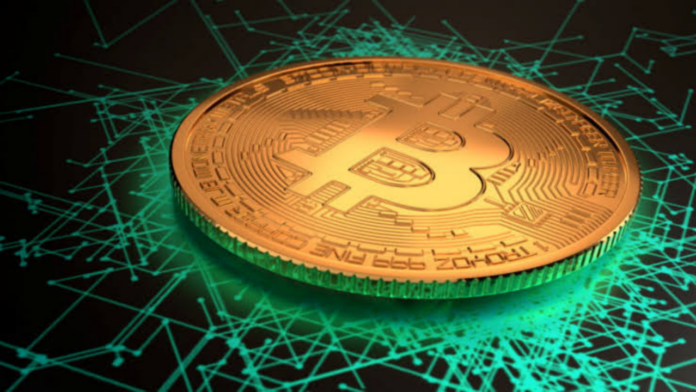As new users start investing in Crypto, it is important for them to know the basics, as well as the most important aspects of it. As cryptocurrency just isn’t a single currency and comprises multiple types of coins. To get started, today we would be talking about what is a stablecoin, what are its kinds and why it holds an important position in your portfolio.
What is a Stablecoin?
The cryptocurrency market is known for its volatile nature. The prices of these currencies can highly fluctuate. However, Stablecoin, as the name suggests, is stable in nature. Basically, it is a stable cryptocurrency compared to other coins and is decentralized as well. Stablecoins are backed/linked by/with assets such as fiat currency, other cryptocurrencies or gold. The stable nature of the value of these assets make these coins less susceptible to fluctuations and therefore, keeps their prices stable.
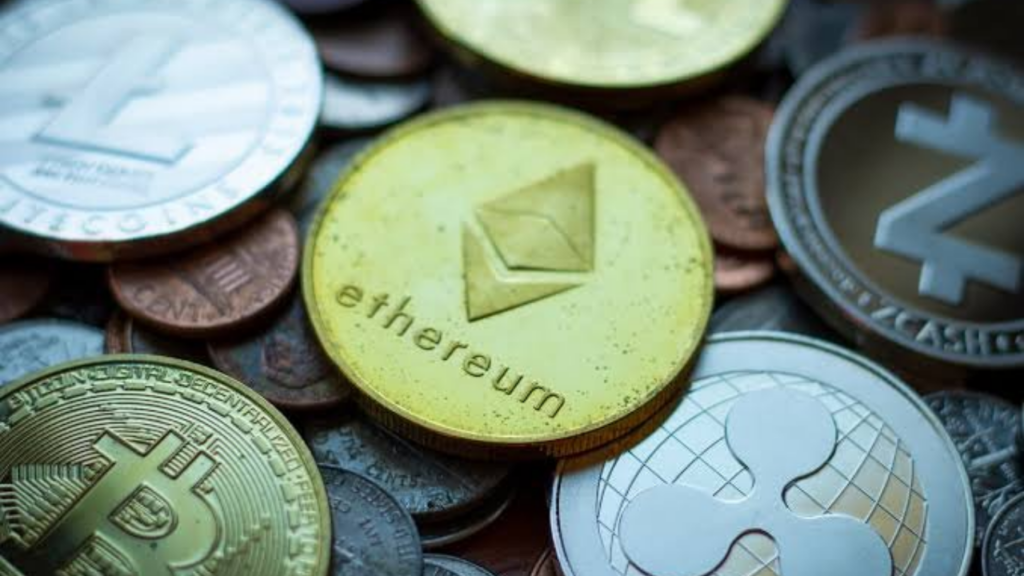
Fiat currencies are those that are issued by the government of a particular region, such as a dollar or a rupee, which we use daily. While investing in a stablecoin stabilises your portfolio and you may not be worried about its falling value, it is important to note that its value won’t rise drastically either, such as in the case of Bitcoin, whose value could rise or fall in an extreme manner.
What are different kinds of Stablecoins?
There are mainly four types of Stablecoins that you need to understand before investing in one:
Fiat-backed Stablecoins
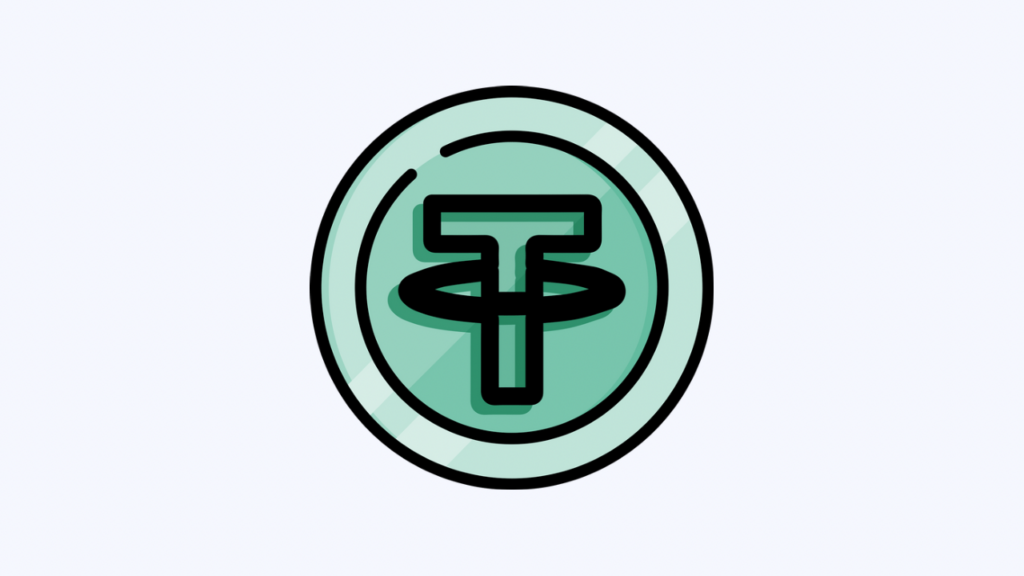
These types of stablecoins are linked to the value of a fiat currency, which we have already explained. This type of stablecoin is considered an off-chain asset because the collateral against the stablecoin isn’t another cryptocurrency. Fiat collateral always remains in the reserve of a financial institution or a central issuer. Further, the number of these should always remain corresponding to the number of stablecoin tokens that are in circulation. Examples of this type of stablecoin include Tether (USDT), the Gemini Dollar (GUSD), and True USD (TUSD).
Crypto-backed Stablecoins
This type of stablecoin has another cryptocurrency as its collateral. This kind of stablecoin is an on-chain asset because the collateral is another cryptocurrency. Opposite to how fiat-backed coins work, instead of a central issuer, this type of stablecoin makes use of smart contracts. This means that whenever you purchase such a stablecoin, there’s a lock-in of your cryptocurrency into a smart contract. This is done to obtain tokens of equal representative value which you have purchased.
To withdraw your original collateral amount, you will put the coin back into the smart contract. These stablecoins are also over-collateralized sometimes. This is done to buffer against price fluctuations in the value of the cryptocurrency. For example, DAI is the most famous type of crypto-backed stablecoin. As DAI is backed by Ethereum cryptocurrency, whenever you need to buy Rs 10,000 worth of DAI, you may have to deposit Rs 20,000 worth of Ethereum (ETH).
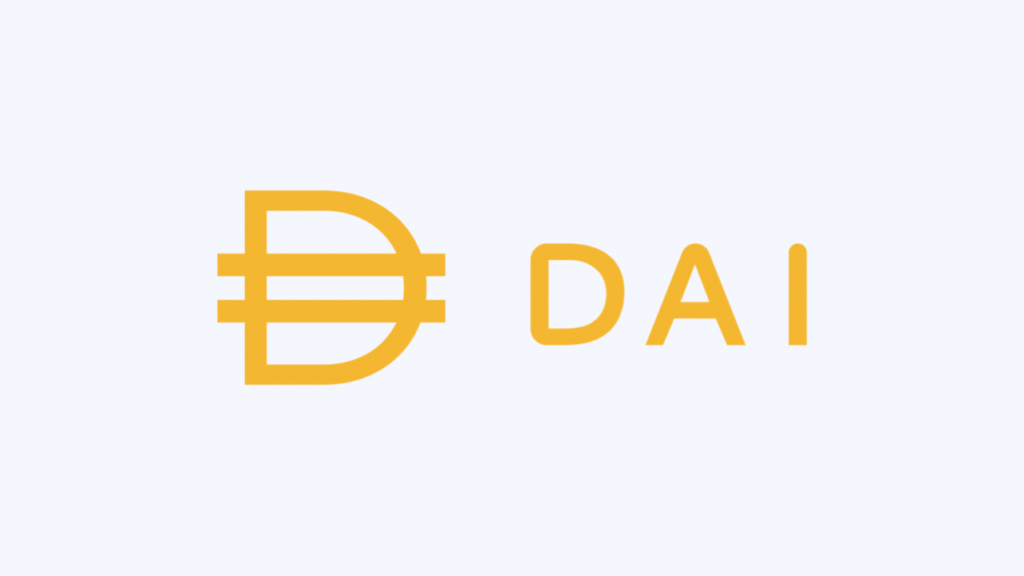
This is because if the price of ETH drops but stays above a certain threshold, the extra amount of ETH you deposited is used to maintain the stability of DAI’s value. However, if the price of ETH drops below a set threshold, the collateral amount is paid back into the smart contract.
Read More: T-series, HEFTY Entertainment entering Metaverse with launch of NFTs
Commodity-backed Stablecoins
Stablecoins backed by a commodity use physical assets as collateral, such as gold, other precious metals, real estate, etc. However, the value of these assets is likely to fluctuate over time, which means it can rise and potentially also fall. Two of the most known examples of such type of stablecoin include Tether Gold (XAUT) and Paxos Gold (PAXG).
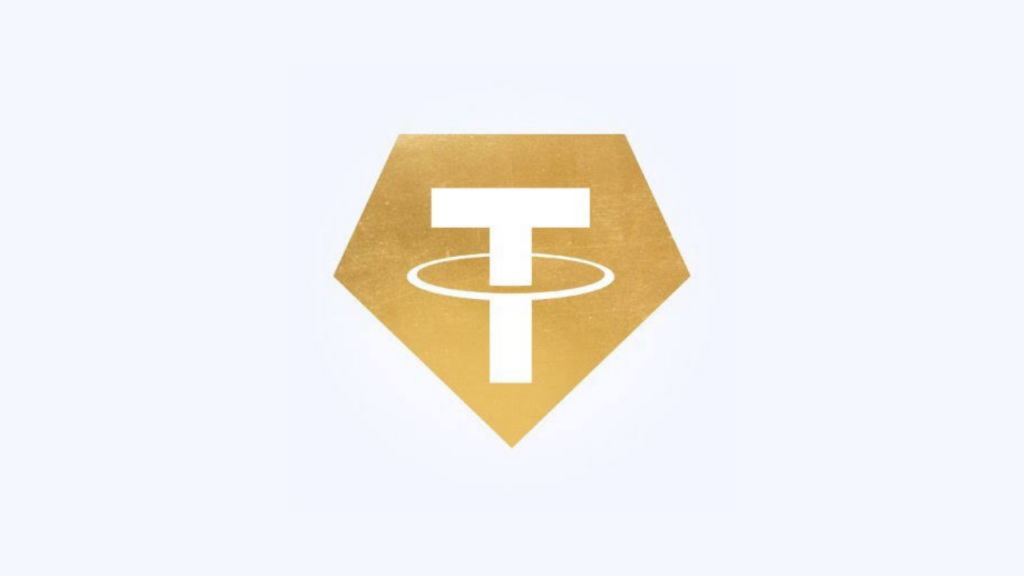
One of the utilities of this type of stablecoin is that one can exchange such types of tokens for the underlying asset or cash. This means you can get a gold bar by exchanging your stablecoin, however, the value of your purchased stablecoin should match the minimum value of an ounce of a gold bar.
Algorithmic Stablecoins
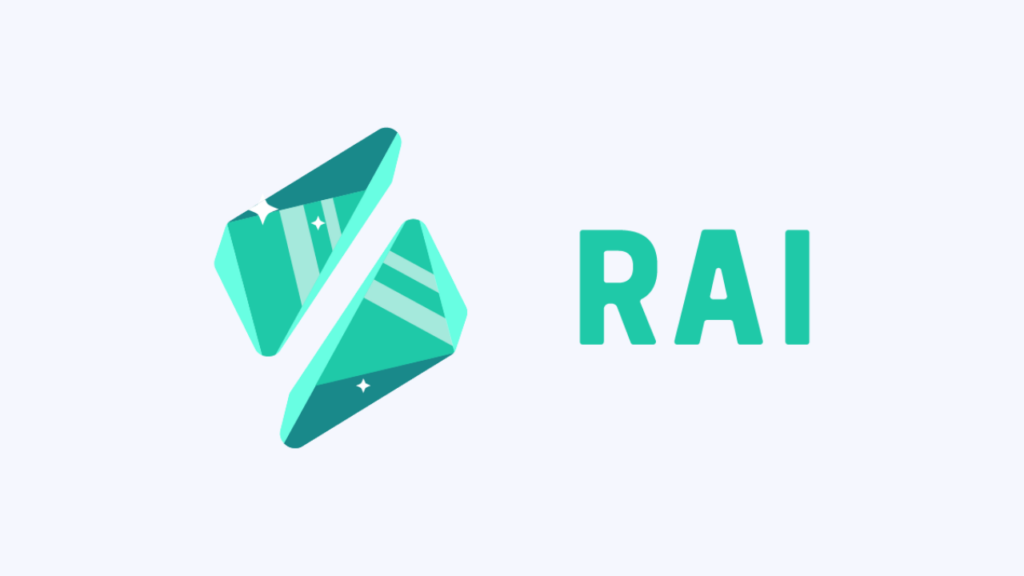
These types of stablecoins are also called non-collateralised stablecoins. As the name implies, these stablecoins do not have any assets or collateral for backing them. They follow an algorithm that handles the supply of stablecoins in the market. This algorithmic system will create new stablecoins in case of excess demand to reduce the price to the normal level. In the event of considerably low coin trading, new coins enter the market for reducing the circulating supply. Nothing, as no collateral is involved with algorithmic stablecoins for liquidity, everyone who has purchased the stablecoin can lose their money in case of a crash. Some examples are RAI, FEI, etc.
Why is stablecoin important for your portfolio?
Stablecoin is important for your portfolio as it not only makes things stable for you but also increases the overall efficiency in crypto trading. It instils confidence in a person as one can find safety in cryptocurrency with stablecoins. This is because the value of one’s portfolio remains stabilised.
You can use stablecoins to cash transactions between crypto businesses, and it acts as a way to hold on to cryptocurrencies without the same risk of volatility. It can also act as means of exchange, identical to a fiat currency, while also retaining the qualities of a cryptocurrency.


